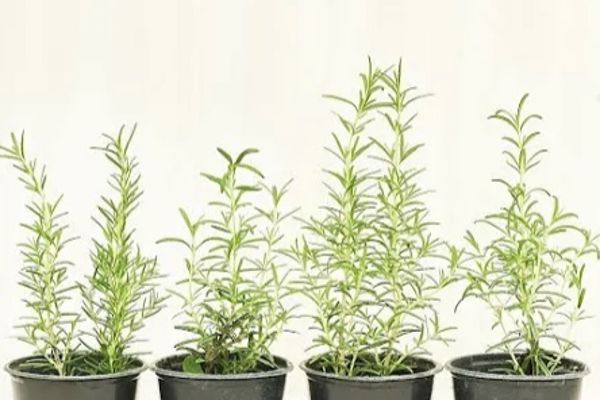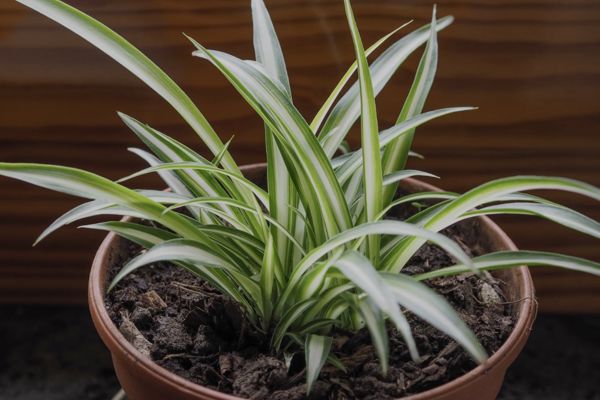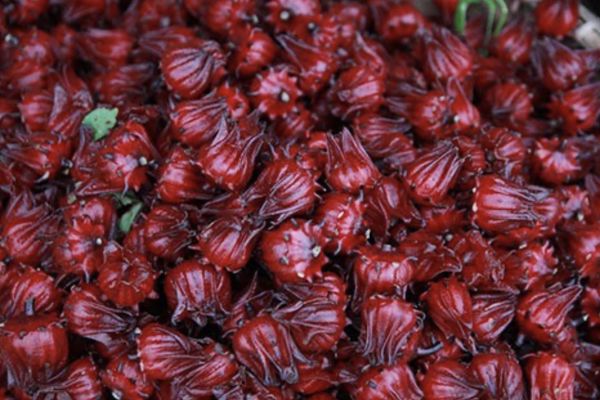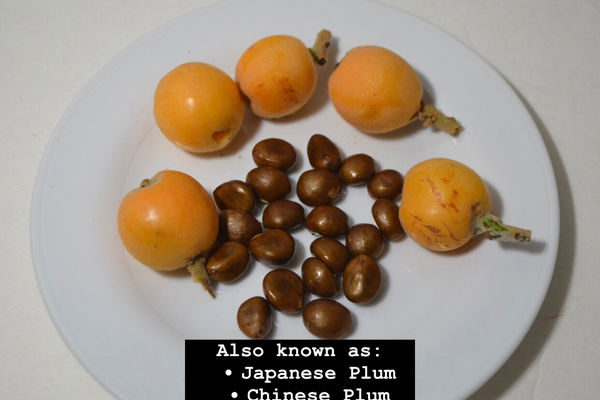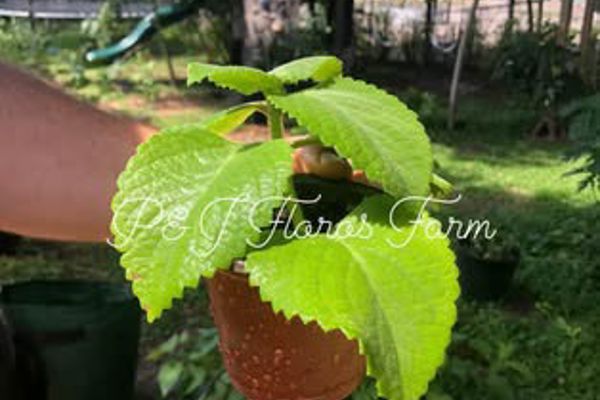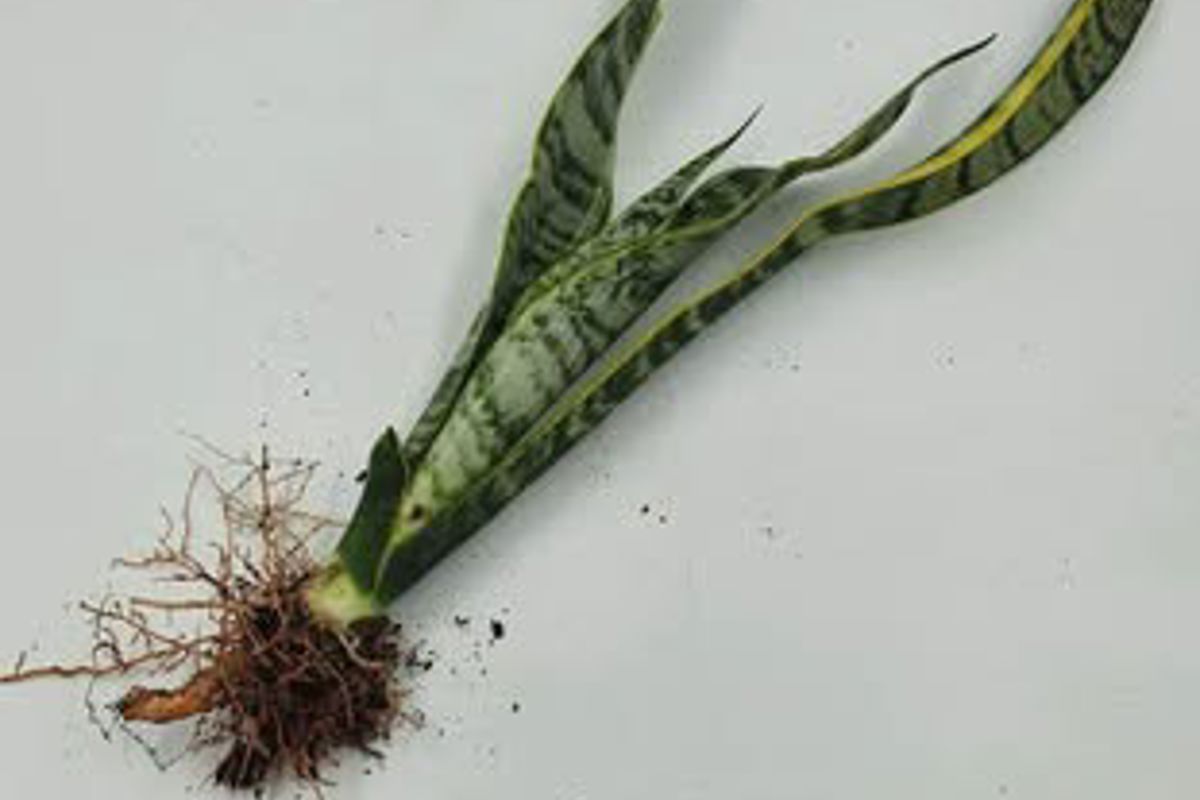
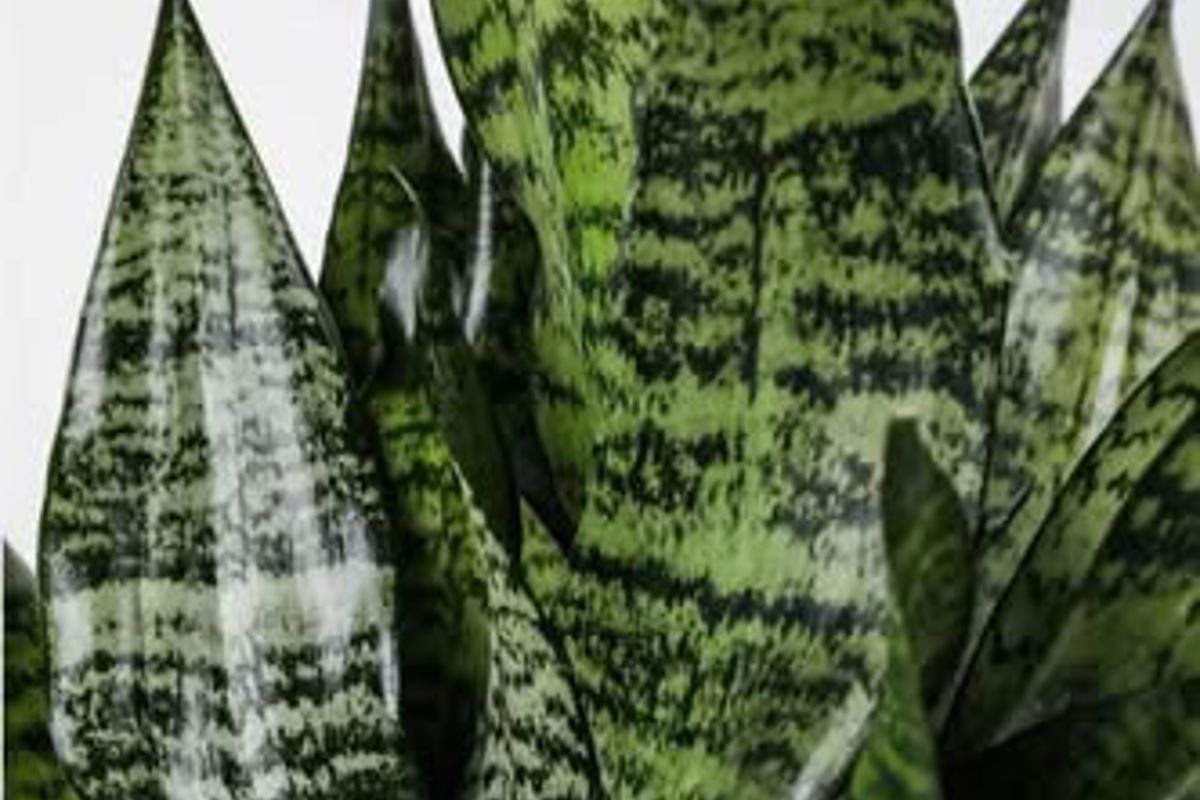
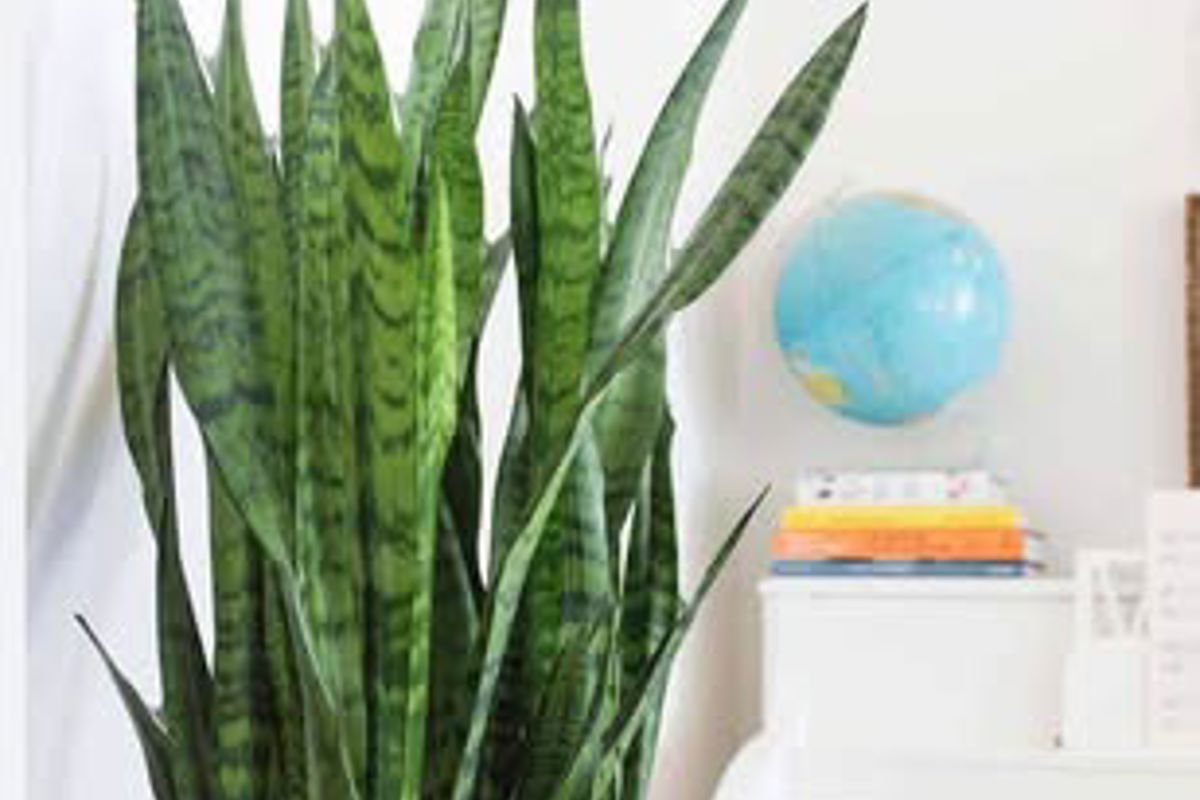
Snake plant (Sansevieria, Dracaena trifasciata), mother-in-law bare root
Product information
$6.00
Description
The snake plant (Sansevieria, also known as Dracaena trifasciata), commonly referred to as mother-in-law’s tongue, is a popular houseplant known for its striking appearance and hardiness. Hardiness Zones • Snake plants can survive outdoors in USDA zones 9–11, where temperatures do not drop below 50°F (10°C) Benefits 1. Air Purification: • Recognized by NASA’s Clean Air Study, snake plants remove toxins like formaldehyde, benzene, xylene, and toluene. 2. Oxygen at Night: • Unlike most plants, it produces oxygen at night, making it great for bedrooms. 3. Low Maintenance: • Extremely tolerant of neglect, making it perfect for busy people or beginners. 4. Aesthetic Appeal: • Adds a modern and stylish touch to any interior design Characteristics • Appearance: Tall, sword-like leaves with variegated green patterns; some varieties have yellow edges or a marbled texture. • Growth Habit: Upright, architectural growth; grows up to 3-4 feet indoors (depending on variety). • Lifespan: Long-lived and slow-growing Care Requirements 1. Light • Ideal: Bright, indirect sunlight. • Tolerant: Low-light conditions. • Avoid: Prolonged direct sunlight, which may scorch the leaves. 2. Watering • Water sparingly. Allow the soil to dry out completely between waterings. • Overwatering is the most common way to harm snake plants, as they are prone to root rot. • In winter, reduce watering to once every 4–6 weeks. 3. Soil • Use well-draining soil, such as cactus or succulent mix. • A pot with drainage holes is essential. 4. Temperature and Humidity • Temperature: Thrives in 60–85°F (15–29°C). Avoid frost or cold drafts. • Humidity: Tolerates dry air but thrives in normal household humidity levels. 5. Fertilizer • Feed with a general-purpose houseplant fertilizer once a month during spring and summer. • Do not fertilize in fall and winter. 6. Pruning • Remove damaged or dead leaves by cutting them at the base. • Snake plants rarely require pruning due to their slow growth.
Food Transparency
P&J Floros farm
Organic from our farm
Lady Lake Fl
About the farmstand: P&J Floros Farm

- About P&J Floros Farm
-
Working for God helping people grow food🌱🙌🏻🙏✨
- Accepted payment methods
-
- Venmo
- @Jessica-Floros
- Social Media
-
- https://www.instagram.com/pj_floros_farm
- Location
-
- Address (Approximate)
- 32159 - The Villages, FL
- City
- The Villages
- State
- FL
- Zip
- 32159


